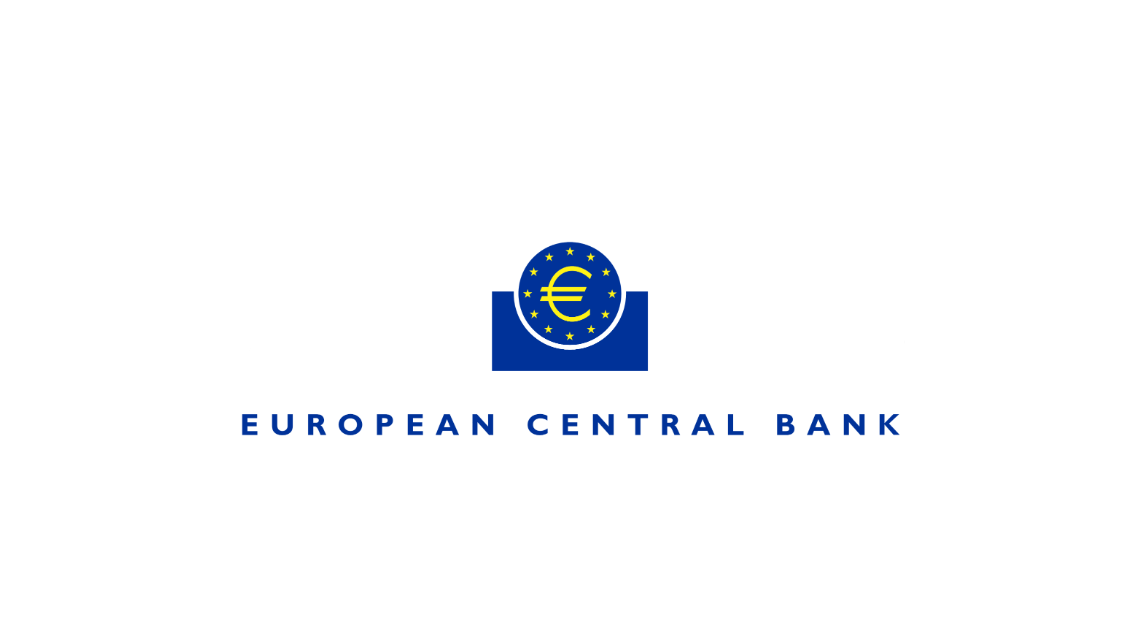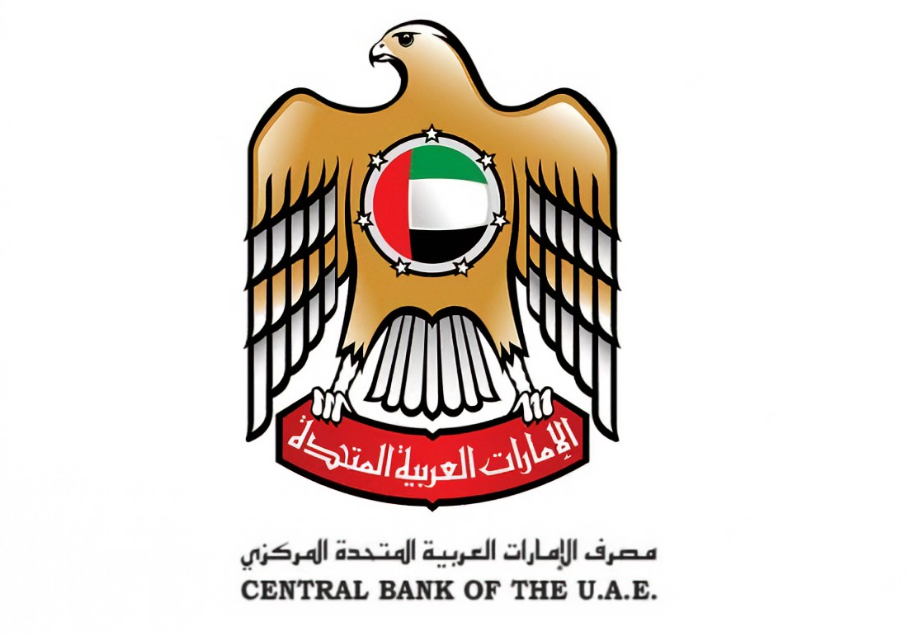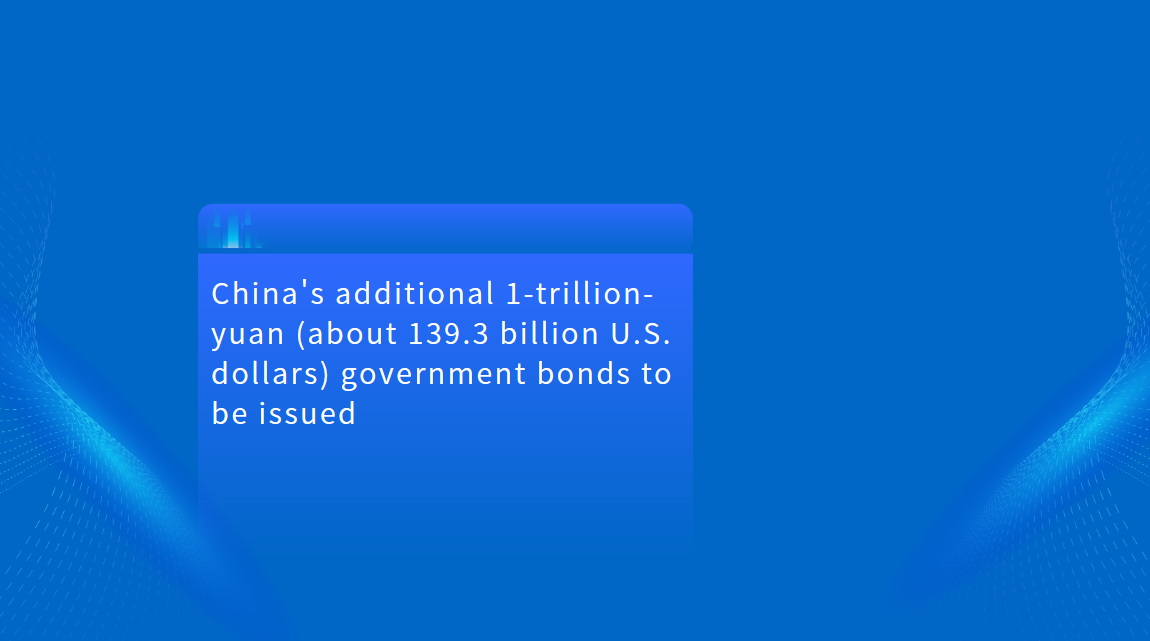Panda Bonds in Action: How NDB's RMB 6 Billion Issuance Shapes Emerging Markets
In a bold move capturing global attention, the New Development Bank (NDB) has successfully issued a five-year Panda bond worth RMB 6 billion, with a 1.7% coupon rate, in China's Interbank Bond Market. This milestone is more than just a financing event—it's a strategic statement on how emerging markets are innovating to meet infrastructure and sustainable development goals.
////
The Power of Panda Bonds
ONE

For those less familiar, Panda bonds are a significant innovation in international finance. These renminbi-denominated debt instruments allow foreign entities to tap into China's deep capital markets while providing global investors with fresh opportunities in yuan assets.
Over the years, Panda bonds have grown from niche instruments into a critical financial bridge between China and the world. The NDB, headquartered in Shanghai, has made these bonds a cornerstone of its funding strategy, reflecting its commitment to connecting global capital with pressing development needs.
////
A Market Overwhelmed by Demand
TWO

When the NDB's latest Panda bond hit the market, the response was overwhelming. Subscriptions topped RMB 80 billion—more than 1.3 times the issuance size—with participation from over 20 heavyweight investors, including central banks, sovereign funds, and insurance giants.
This enthusiastic uptake signals three key trends:
-
Faith in NDB's Financial Leadership: Investors view the bank as a reliable partner in global development financing.
-
Growing Appetite for Sustainable Investments: The bond aligns with the rising demand for ESG-compliant opportunities.
-
China's Market Magnetism: As the world's second-largest bond market, China continues to attract institutional players seeking yield and diversification.
////
Funding a Vision of Sustainable Growth
THREE
The RMB 6 billion raised will be channeled into infrastructure and sustainability projects across BRICS countries and beyond. These projects are critical not only for economic growth but also for addressing the infrastructure gaps hindering progress in emerging markets.
Monale Ratsoma, Vice President and CFO of the NDB, emphasized that the bond represents more than a financial transaction. It's a signal of the bank's resolve to support member countries' development ambitions while showcasing the potential of multilateral collaboration.
////
Opportunities and Headwinds
FOUR
This issuance marks a milestone, bringing the NDB's total Panda bond issuances to RMB 61.5 billion. Yet, while the achievement is noteworthy, challenges loom large.
Global uncertainties—ranging from post-pandemic economic shifts to geopolitical tensions—pose risks to infrastructure investments. Furthermore, competition in the Panda bond market is intensifying as more institutions recognize its appeal. For the NDB, staying ahead will require agility, innovation, and a sharp focus on delivering value to its stakeholders.
////
Why It Resonates Globally
FIVE
For international financial professionals, the NDB's Panda bond is a wake-up call about the transformative potential of yuan-denominated assets. As global capital markets evolve, instruments like these are reshaping how institutions approach funding, diversify risk, and align with sustainability goals.
Moreover, the bond highlights a growing trend: emerging markets are no longer just recipients of global capital—they're setting the pace for financial innovation. For investors, policymakers, and development strategists, this success story is a blueprint for unlocking new opportunities in a multipolar world.





















































First, please LoginComment After ~